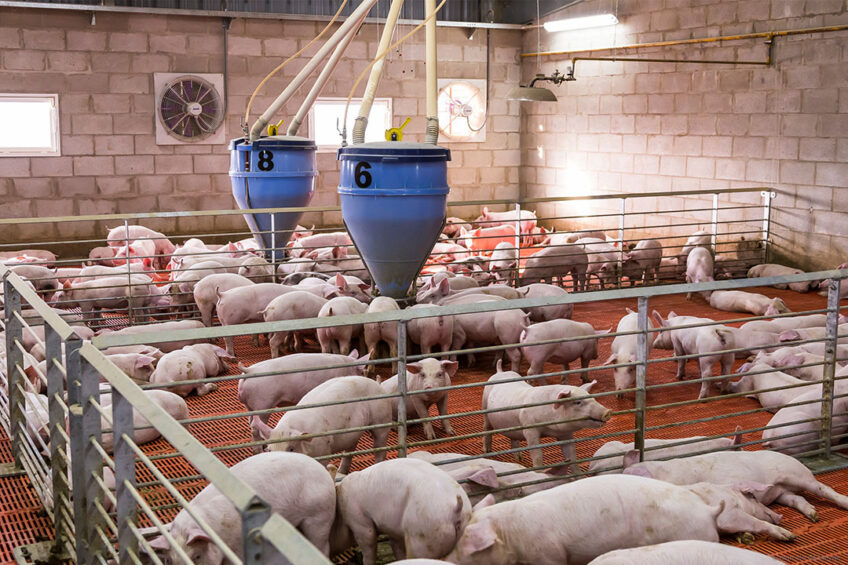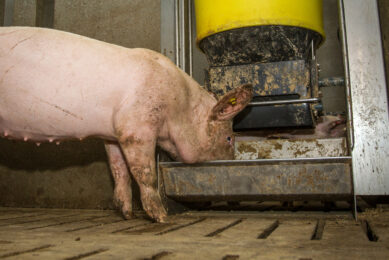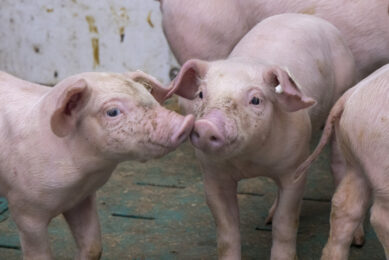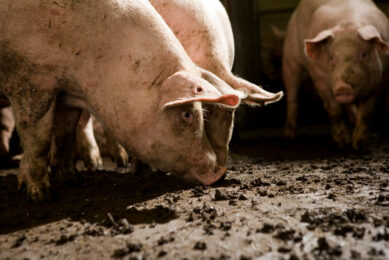Competition will change face of Russia’s pig industry

A study conducted by the Russian think tank Emeat suggested that Russian pig farmers must invest in becoming self-sufficient in feed and meat-processing capacities and put additional effort into expanding export in the coming years.
In the wake of toughening competition, pig farmers will have to streamline operations in order to stay in business. The analysts expect pig farmers to emphasise an improvement in operational performance so that each sow would yield at least 3,500 tonnes in live weight, while the feed conversion ratio should not exceed 2.8.
Advanced processing is key
In addition, market players are expected to follow the path of vertical integration, targeting to meet at least half of their internal demand in feed, and put extra effort into establishing their own slaughter and meat-processing capacities, the Emeat analysts stated.
In fact, in the next few years, up to 100% of Russian pigs could be sent for deep processing, the analysts said, estimating that last year out of 4.09 million tonnes of pork, only 1.951 million tonnes were handled by deep processing plants. More than half of pork in Russia is still sold in relatively large cuts, undergoing only primarily processing.
Focus on export
In the next couple of years, Russian pig farmers will also have to intensify their efforts to sell more pork abroad. This will not only require searching for new sales markets and local partners, but also investments in warehouses, refrigerators, logistics, and new personnel. These efforts will also require pig farmers to expand their marketing budgets to promote their products overseas.
In general, analysts believe that building up a brand reputation, including through advertising, is an essential element for the stability of a pig company in the modern world.
Promising export directions
In 2022, Russian pork export dropped by 10% compared to the previous year to 145,900 tonnes. Most supplies still land within the CIS region, with 48% of foreign sales accounting for Belarus. The most promising directions are said to be Asian countries, such as China, Vietnam and Malaysia, as well as possibly some European countries where local pig production suffered due to the energy crisis, the analysts stated, citing Serbia as one of the examples.
Consolidation trend
The analysts also expect the consolidation trend in the Russian pig industry to continue. Small players will leave the market, while big companies will merge to form even bigger pig holdings. The biggest pig companies will be playing an increasingly important role in the Russian pig industry.











